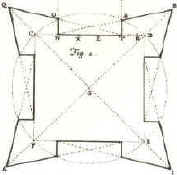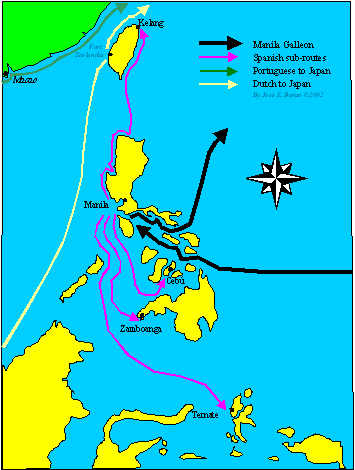|
|
Renaissance
Fortresses The missing fortress of By José E. Borao (National Taiwan University)
|
|
|
1. Renaissance
Fortifications |
|
|
|
The colonial expansion of the European powers along the 16th and 17th centuries brought along with them their military fortresses, which some of them still remain in the same place, as a testimony of a former colonial past. In the case of the Spanish Imperial Routes, the farthest one was the Acapulco-Manila route, crossing the Pacific Ocean from Mexico to the Philippines; but, in fact, the influence of this route was extended to the presidios that Spain had in the nearby territories, like Cebu, Cavite or Zamboanga in the archipelago itself, and the ones in Terrenate (Indonesia), or in Isla Hermosa (Taiwan), in the area called Kelang (modern Jilong). In this second place the Spaniards built the small city of San Salvador, protected by the fortress Santísima Trinidad, a fortress, that will be renamed Nord-Holland, after the Dutch conquest of this territory. |
||

